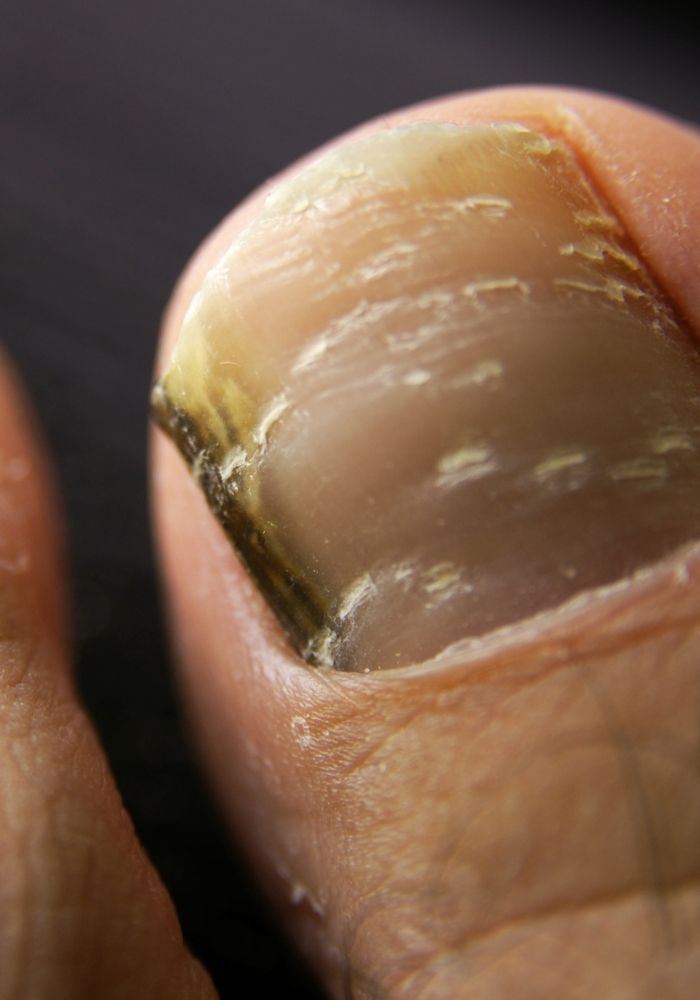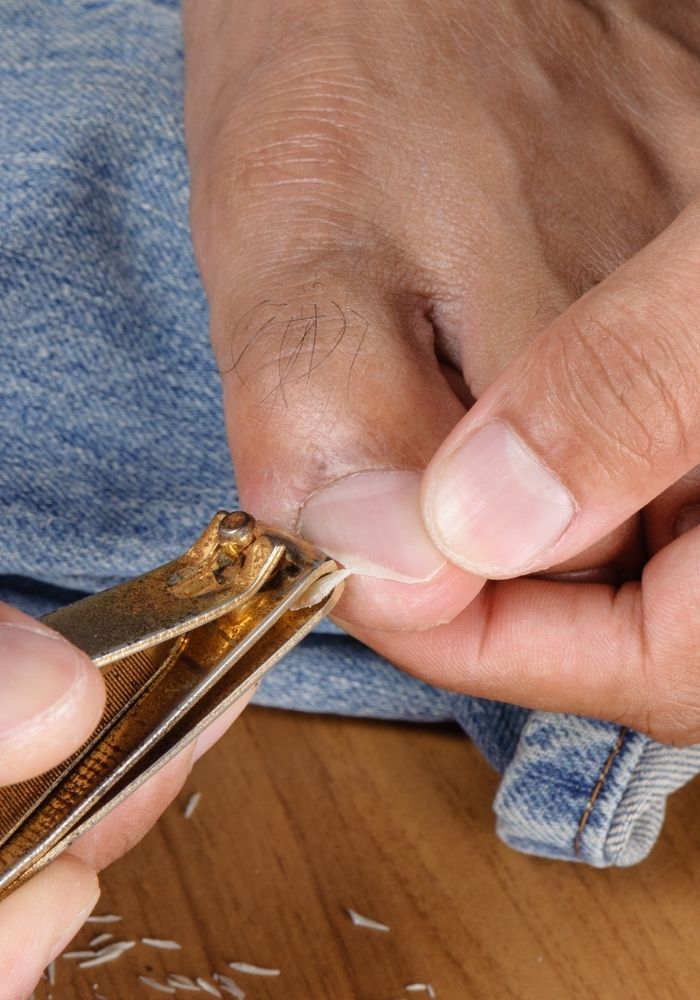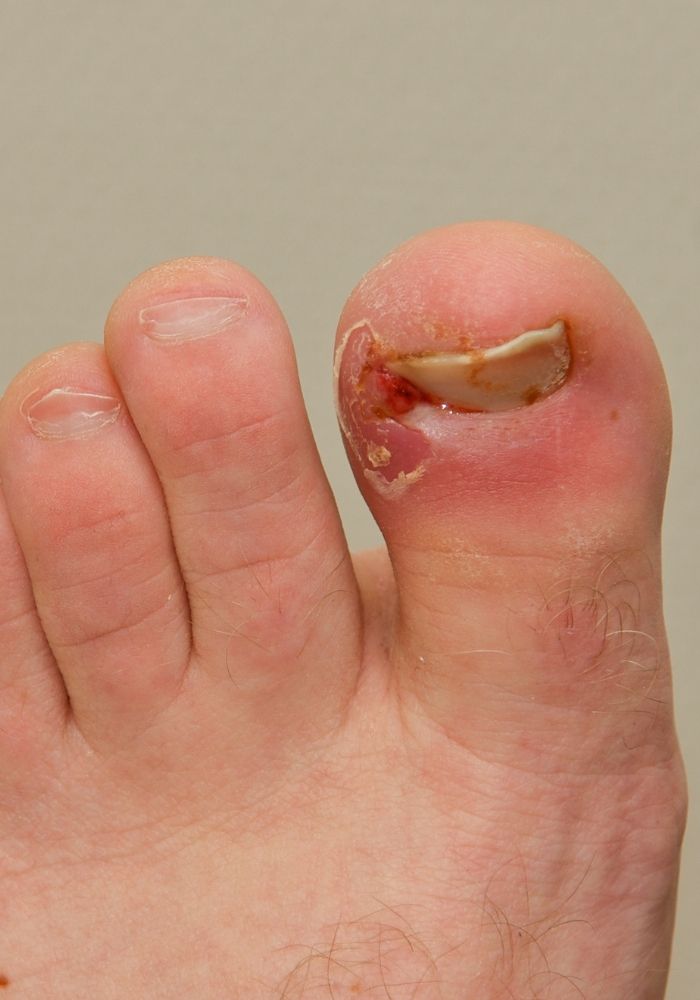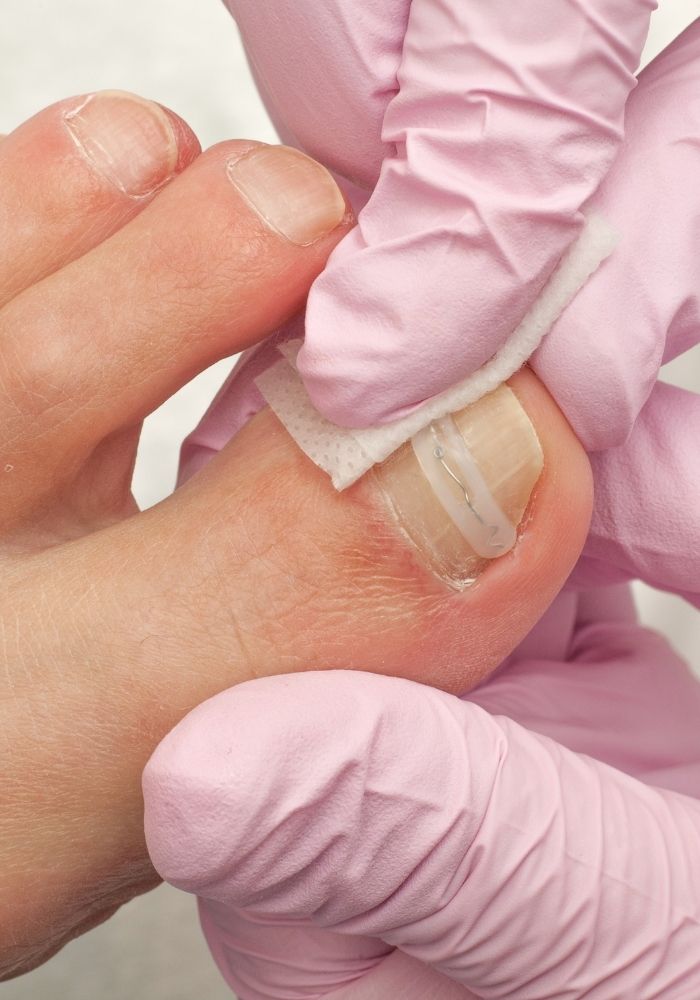Ingrown & thickened toenails
Why do toenails get thickened?
A sign that something is wrong with your feet could be changes in your toenails. Onychomycosis, which is a fungal infection, can lead to thicker toenails. If left untreated, thickened toenails can be painful. Nail fungus can be treated quickly if it is not treated promptly. It can take months to treat fungal infections.
Onychomycosis affects nearly 20% of adults. This is when yeast or fungus enters your toenail.
- Where your toenail meets your nail bed
- In a crack in the toenail
- In a cut in the skin that touches your toenail
The yeast or fungus grows underneath the nail bed where it is moist. Although the infection may not be severe at first, it can spread over time and cause thickening of your toenails as well as other symptoms.
Because your toes are often exposed to water, they are more susceptible to fungal infections. Moisture helps fungus spread.

How to treat thick toenails?
While not all cases need to be treated for toenail fungus, thickened toenails could indicate that the condition has worsened. There are many ways to treat your toenails. First, you can try home-based remedies. Then talk to your doctor about prescription-based options. The mainstays of therapy are topical and oral medication.
- Daily wash the area with soap and warm water.
- Regularly groom your nails. Apply urea cream to your nails (Aluvea or Keralac) first. Wrap your feet in bandages the next night. Next, wash your hands and trim your nails with a nail file and a nail clipper.
- After you have filed your nails, apply an over-the-counter fungal treatment.
- Every day, apply Vicks VapoRub to your toenails. This could reduce the severity of the infection.
- For one month, apply snakeroot extract to your toenail three times a day, twice a week in month two, then once a month in month three.
- Tea tree oil should be used twice daily.

What is an ingrown toenail?
You could cause an ingrown nail if you cut your toenails too short on your big toes. You may trim your toenails so that your nail shape matches your toe. This technique can encourage your toenail growth into your skin.
What are the symptoms of an ingrown toenail?
It is possible for an ingrown nail to be tender, hard, and swollen at first. It may become redder and infected later on, and it can feel extremely sore. Ingrown toenails are a common, painful condition–particularly among teenagers. Ingrown toenails can happen to any of your toenails, but it is more common to affect the big toe. Ingrown nails are when the skin grows on either one or both of the sides of a nail or the nail itself into the skin. They can cause redness, pain, swelling, and infection. Sometimes, a tiny amount of pus may be visible draining from the affected area.
There are many reasons why ingrown nails can occur. Congenital ingrown nails can occur when the nail is too big for the toe. Ingrown nails can also be caused by trauma, such as stepping on the toe or stubbing the toe. The most common causes are tight shoes or poor grooming and trimming.

How to treat thick toenails?
It is important to treat ingrown toenails as soon as possible. Home care can be used to prevent infections if they are caught early.
- Warm water should be used to soak the feet 3-4 times per day.
- Ensure that your foot remains dry throughout the day.
- Comfortable shoes that allow for enough room for your toes are a good choice. You can wear sandals until your condition improves.
- For pain relief, you can take acetaminophen or ibuprofen.
-
Contact Your Foot Care Specialist if you don't see improvement within 2 to 3 days or if the condition gets worsened.
It may be necessary to lift the ingrown nail from its place and insert waxed or cotton floss between your skin and the nail. This packing should be changed every day.

Experiencing issues with your foot, ankle or knee?
Get in touch with our Foot Clinic today and book an appointment right away.
